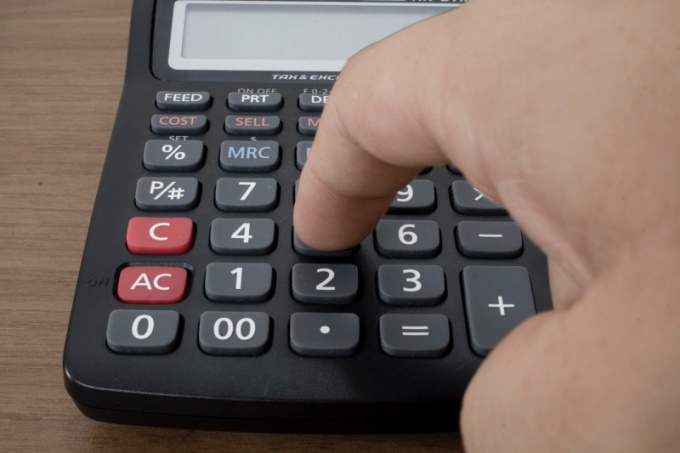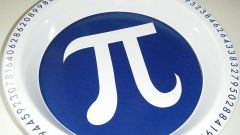Instruction
1
When solving problems where the formula used is the number π, the absolute precision is impossible to achieve. The degree of accuracy largely depends on to what decimal rounding infinite decimal fraction, and the constant PI. The most common option — rounding to hundredths, that is, π=3,14.
2
Remember the rounding rules of the infinite fractions. To see this on the example of the number π. Unrounded fraction is: π=3,14159... If you round it out to ten thousandths, we obtain that π=3.1416. Please note that the number in the fourth digit after the decimal point is 1 more than the original fraction. According to the generally accepted rules of rounding-off, this increase occurs if the number of units of the next digit greater than or equal to 5.
3
This implies an interesting property of the number π. From infinite decimals is 3.14159... in the third after the decimal point digit is the digit 4. That is, if rounding constant to the tenth, it is necessary to leave the same number as the original fraction, because 4
4
When rounded to thousandths note that the fourth after the decimal point sign — 5. That is, the value of the third digit is increased in this case by one and π=3,142.
Note
The number π is a lot of interesting properties. It cannot be expressed by a simple fraction, the numerator and denominator of which are integers. Additionally, there is algebraic equation whose root would be the constant.
Useful advice
At different times, the ratio between the circumference and its diameter was calculated with varying degrees of accuracy. Ancient mathematicians used are usually simple fractions like 22/7. Medieval scholars brought the accuracy to 40 decimal places. Modern computer technology has allowed us to calculate 500 digits. However, even for high-precision computation it is enough of 15-16 digits. With this value the error in the estimate, for example, interplanetary distances will be only a few millimeters.

